
KDE is one of the most customizable and fastest desktop environments out there. While you can always install KDE if you know-how, it is best to choose a Linux distribution that comes with KDE out-of-the-box.
Here, let me list some of the best KDE-based Linux distros.
No matter what you choose as your preferred distro, you can refer to our KDE customization guide to tweak your experience.
1. KDE Neon
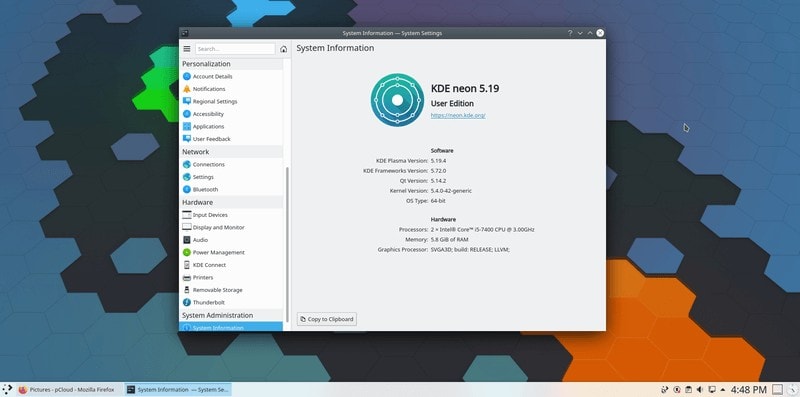
Key Highlights:
- Official KDE distribution
- Latest stable KDE Plasma version
- Focuses on the latest KDE software
- Not a perfect replacement as a desktop distro
KDE Neon is one of the exciting choices if you want to get your hands on the latest KDE Plasma experience.
Even if it utilizes a stable Ubuntu LTS base, you always get the newest KDE version delivered as soon as it is released.
Unlike any other distros, it does not focus on a complete desktop user experience but the KDE software packages. So, it may not be the perfect desktop replacement for everyone. However, if you focus on using the latest KDE software, KDE Neon is a decent choice.
The User Edition is what you need to opt for, but you also have the choice to try “Testing” or “Unstable” editions if you are willing to try pre-released features.
2. Kubuntu
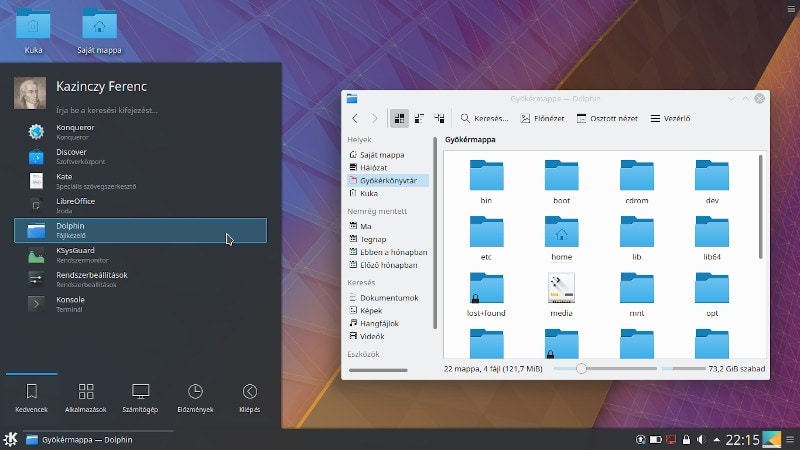
Key Highlights:
- An Ubuntu-based desktop-focused Linux distro
- Offers both LTS and non-LTS versions
- Good hardware compatibility
Kubuntu should be an excellent distro for your Linux desktop if the KDE software suite is not your focus.
Kubuntu is an official flavor of Ubuntu, which provides three years of updates for its LTS editions. Unlike KDE Neon, you get better support for various applications and are not just limited to KDE software.
You get the option to opt for an LTS edition or a non-LTS version to get the latest Ubuntu features.
Kubuntu has improved hardware compatibility when compared to some other KDE-based distros. Considering, it powers a variety of laptops that include Kubuntu Focus, Slimbook, and more, the hardware compatibility is something that you can rely on.
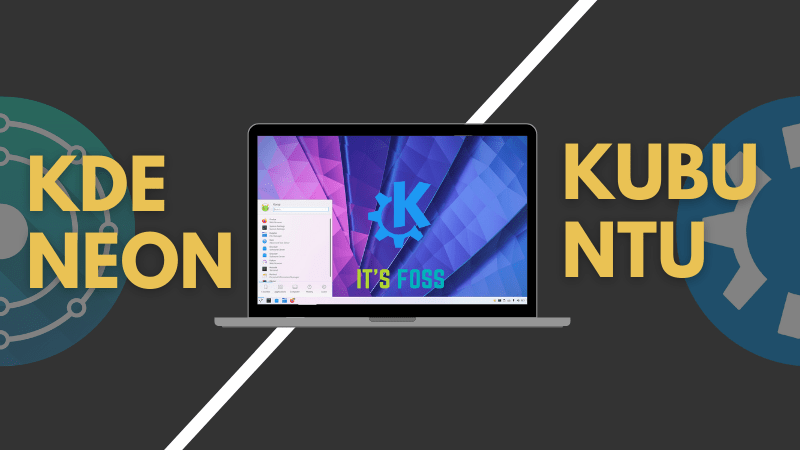
3. Manjaro KDE

Key Highlights:
- Arch-based Linux distro
- Rolling-release updates
- Presents a slight learning curve to new Linux users
Manjaro is an Arch-Linux-based distribution that makes it easy to use Arch as a desktop Linux platform.
It follows a rolling-release schedule, which should help you get the latest packages quickly without worrying about the software update period.
If you are a new Linux user, you may want to stick to Flatpak or Snaps to install any application. While Manjaro makes it easy to use Arch, it does present a slight learning curve to new users. So, you might want to check the Arch wiki to explore more.
4. Fedora KDE Spin
Key Highlights:
- A unique KDE-based Linux distribution (if you don’t prefer mainstream Ubuntu/Arch distros)
- Tailored for workstations and servers
- May not be convenient for new Linux users
- Hardware compatibility can be an issue
Fedora is an independent distribution (not based on Ubuntu/Arch) that acts as an upstream for Red Hat Enterprise Linux.
And, Fedora spin editions feature alternate desktops for users. If you want KDE, you need to download Fedora’s KDE spin.
Like KDE Neon, Fedora does not focus on providing a great desktop experience but aims to implement the latest technology useful for a workstation or server.
So, if you are confident to tackle any issues/challenges that come with newer technology implementations on a Linux distro, Fedora KDE spin can be a good choice.
5. openSUSE
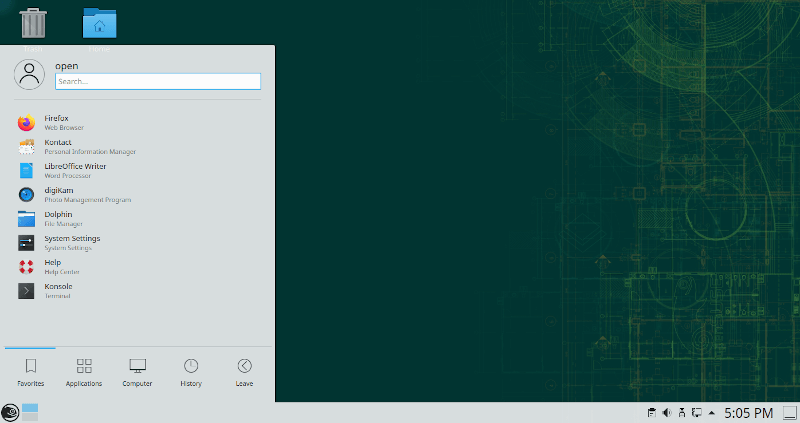
Key Highlights:
- Suitable for system administrators and developers requiring access to several tools
- Two different editions available including a stable and a rolling-release
openSUSE is yet another independent Linux distribution featuring the KDE desktop by default. While it pitches itself as one of the choices for desktop users, I have had hardware compatibility issues in the past.
However, it can be a good choice for system administrators or developers who want to access tools like YaST, Open Build Service, Kiwi, and more on their desktop, out-of-the-box.
It offers a stable edition and a rolling-release version. As per your requirements, choose what’s best for you.
6. Garuda Linux

Key Highlights:
- Rolling-release distro
- BTRFS as the default filesystem
- Comes with essential pre-installed GUI tools to make the Arch Linux experience easy
Garuda Linux is a modern Arch-based distribution that focuses on a customized experience out-of-the-box.
The KDE version (or the Dr460nized edition) offers a beautiful experience while tweaking it with a macOS-like workflow.
Of course, if you are an experienced Linux user, you may customize your existing distribution to mimic the same experience.
As a cherry on top, Garuda Linux also provides different variants of its KDE editions, one with pre-installing gaming tools, one for penetration testing, and another as an essential Linux desktop system.
7. Nitrux OS
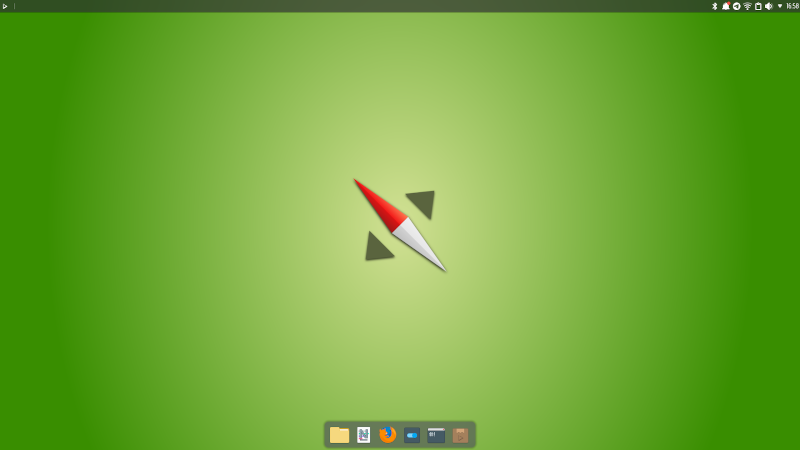
Key Highlights:
- Debian-based distribution for a change
- Unique desktop experience
A Debian-based Linux distribution that features KDE out-of-the-box. Unlike Kubuntu, Nitrux may end up offering faster KDE plasma updates and newer Linux Kernel upgrades.
Nitrux OS offers a beautiful and unique experience while featuring its NX Desktop.
If you want to try something different with KDE onboard, Nitrux OS would be a great pick.
8. MX Linux KDE
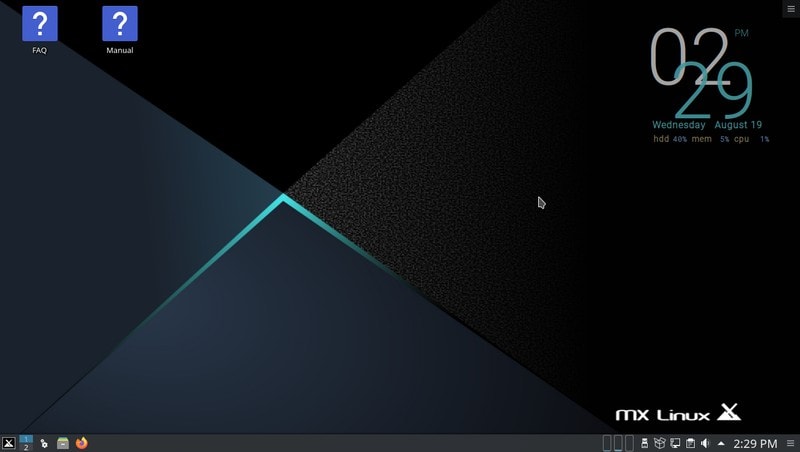
Key Highlights:
- Debian-based distro
- Lightweight
- Useful MX Tools pre-installed
Don’t need the looks but want a simple and customizable KDE desktop with a Debian base? MX Linux KDE edition should be a fantastic choice as it is known for its snappy performance and pre-installed essential tools baked in.
You also get several KDE themes if you want to tweak the default user experience.
Wrapping Up
In addition to this list, several other Linux distributions feature KDE desktop as their preferred choice.
Nitrux OS should be a unique pick overall, and if you want to move away from Ubuntu-based distributions, there are solid arch-based distros like Garuda Linux and Manjaro to try.
What is your favorite KDE-based Linux distribution? Do you focus on out-of-the-box customization or prefer to customize the KDE experience yourself?


